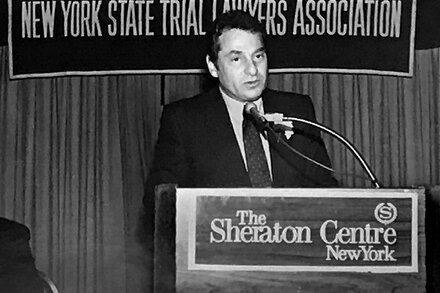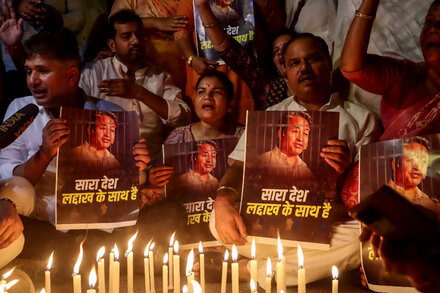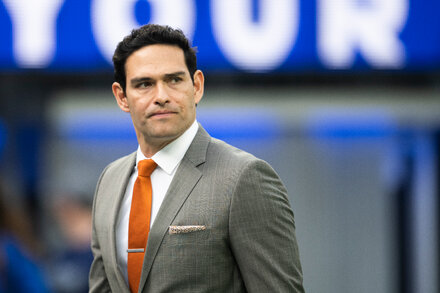The political landscape is frequently shaped by charismatic figures who rally youth and articulate a distinct ideological vision. On the American right, Charlie Kirk, founder of Turning Point USA, has emerged as a prominent voice, cultivating a significant following among young conservatives through direct engagement, social media, and a clear, often confrontational, message. However, political observers and analysts often question why a comparable figure has not risen to equivalent prominence on the American left.
Charlie Kirk’s influence stems from a blend of factors, including his early start, a strong organizational backbone in Turning Point USA, effective use of digital media, and a consistent articulation of conservative principles framed against perceived liberal excesses. His organization focuses heavily on campus activism, voter registration, and media appearances, offering a structured pathway for young conservatives to engage with and promote their ideology. This approach often involves direct challenges to progressive narratives and institutions, contributing to his high profile and a perception of leading a culture war.
Ideological Diversity and Decentralized Leadership
One primary reason cited for the absence of a “Charlie Kirk of the Left” lies in the fundamental ideological and organizational differences within progressive movements. The American left is characterized by a broad coalition encompassing various ideologies, including democratic socialists, liberals, environmentalists, civil rights advocates, and intersectional justice movements. This diversity, while a strength in terms of breadth, often resists the consolidation of power or messaging around a single individual.
Progressive movements frequently favor decentralized, grassroots, and collective leadership models. The emphasis is often on systemic change, horizontal organizing, and the elevation of diverse voices rather than the singular charisma of one leader. Many on the left view the “cult of personality” with skepticism, preferring to empower communities and movements over individual figureheads. This contrasts with some right-leaning movements that have historically embraced strong, identifiable leaders as central to their brand and messaging.
Funding Models and Organizational Structure
The financial architecture supporting political activism also plays a role. Organizations like Turning Point USA benefit from a network of conservative donors who often seek to invest in clear, impactful messaging and youth engagement that aligns with specific ideological goals. This can facilitate the rapid scaling of an organization built around a central figure.
While the left has its own robust funding networks, these are often distributed among a wider array of organizations focused on specific issues, such as climate change, reproductive rights, or racial justice. The funding models may prioritize long-term movement building, policy advocacy, or direct action, which may not always align with the rapid elevation of a single media personality. Investments tend to be in a diverse ecosystem of non-profits, advocacy groups, and think tanks rather than consolidating around one youth-oriented, personality-driven organization.
Approach to Cultural and Political Engagement
The methods and goals of engagement also differ. While the left is deeply involved in cultural and political debates, its approach often leans towards academic discourse, social justice advocacy, and the critique of power structures. Activism frequently manifests through protests, boycotts, community organizing, and efforts to shift public opinion through education and systemic reform. This contrasts with a strategy that might prioritize direct, confrontational media appearances designed to provoke and engage in a perceived “culture war” in the same vein as Kirk.
Furthermore, the role of religion, as hinted by analysis of youth political engagement, is a significant differentiator. Figures like Charlie Kirk often connect conservative political views with a specific brand of Christian faith, appealing to a demographic that values this integration. The American left is generally more secular, and while faith-based progressive movements exist, they do not typically coalesce around a single youth leader in a parallel manner, nor do they often seek to establish a broad, youth-centric moral authority figure in the same way.
Ultimately, the absence of a “Charlie Kirk of the Left” reflects a combination of inherent ideological differences, organizational preferences, funding strategies, and distinct approaches to political and cultural engagement that shape how youth activism manifests across the political spectrum.
Source: Read the original article here.




